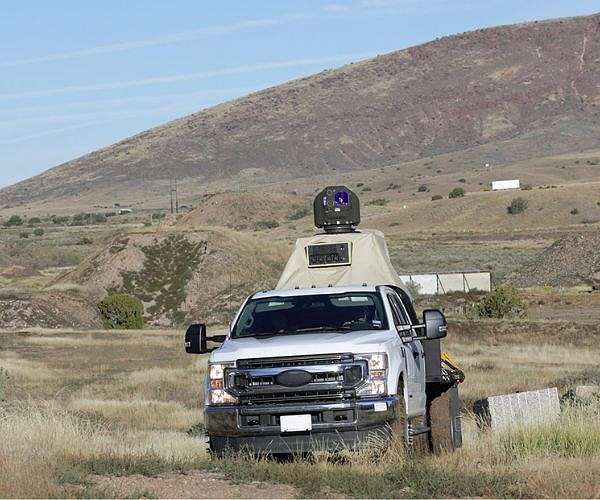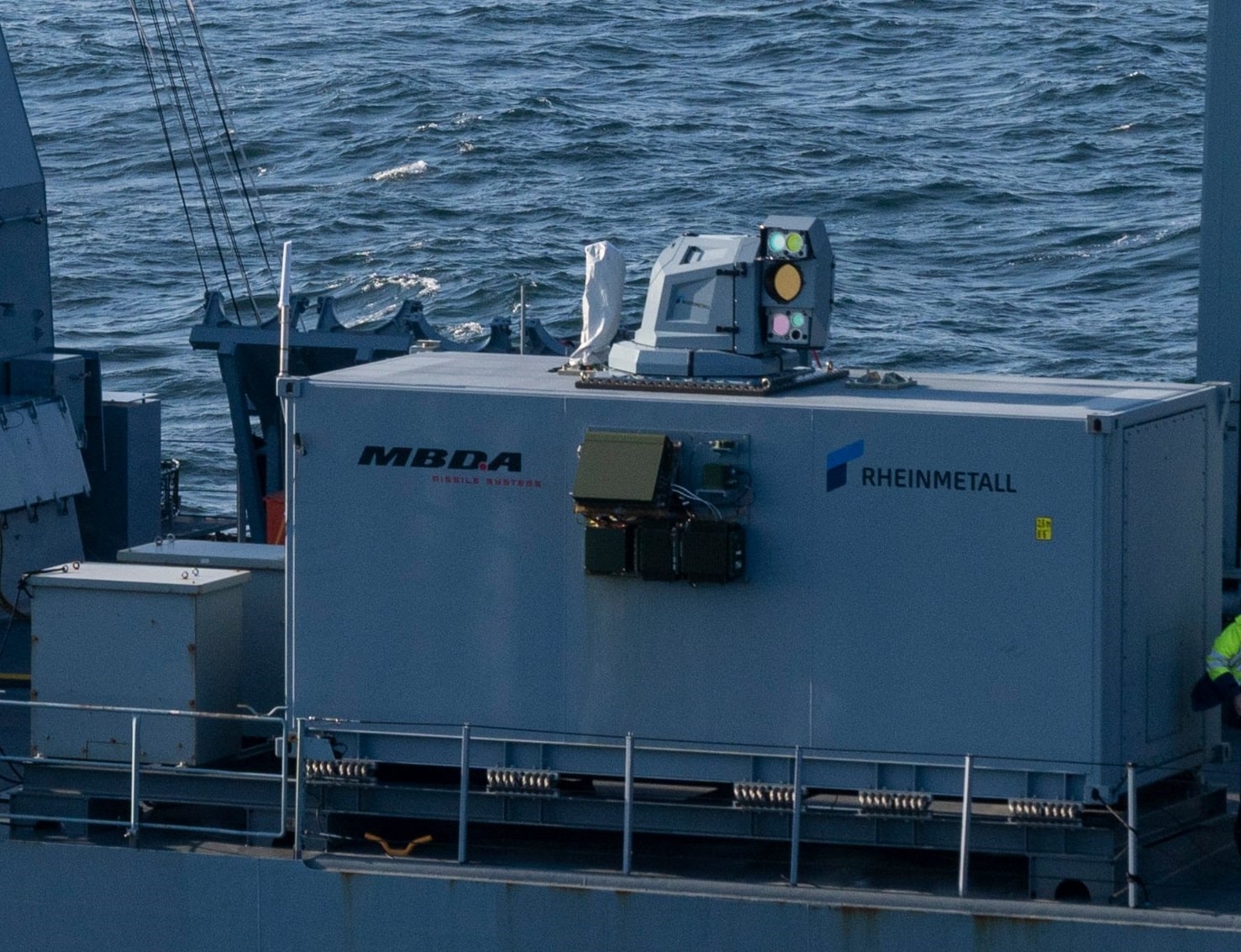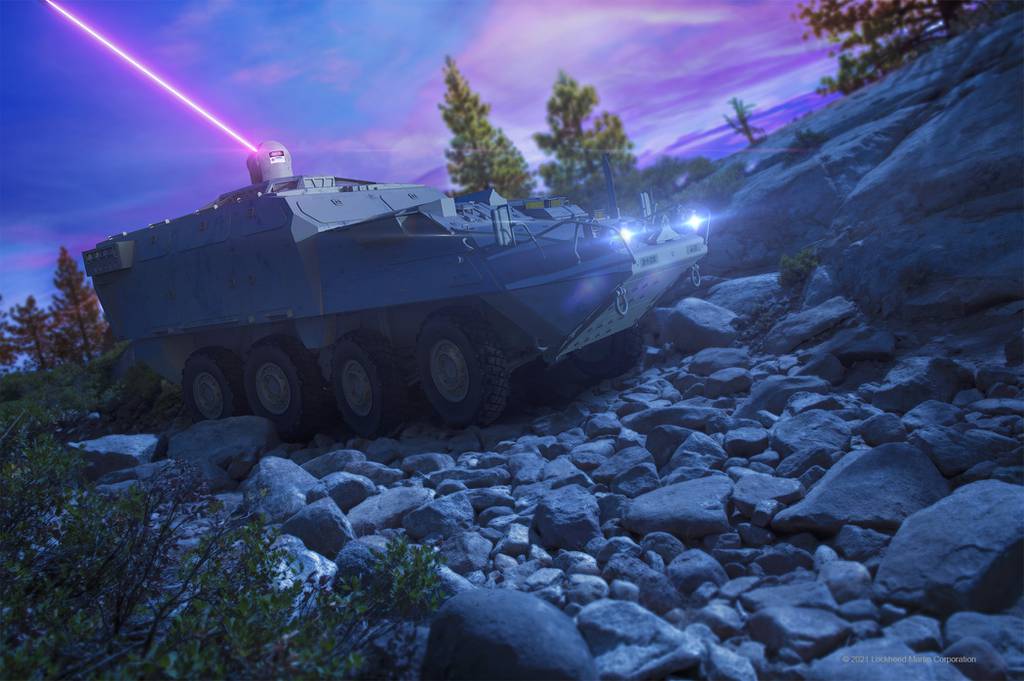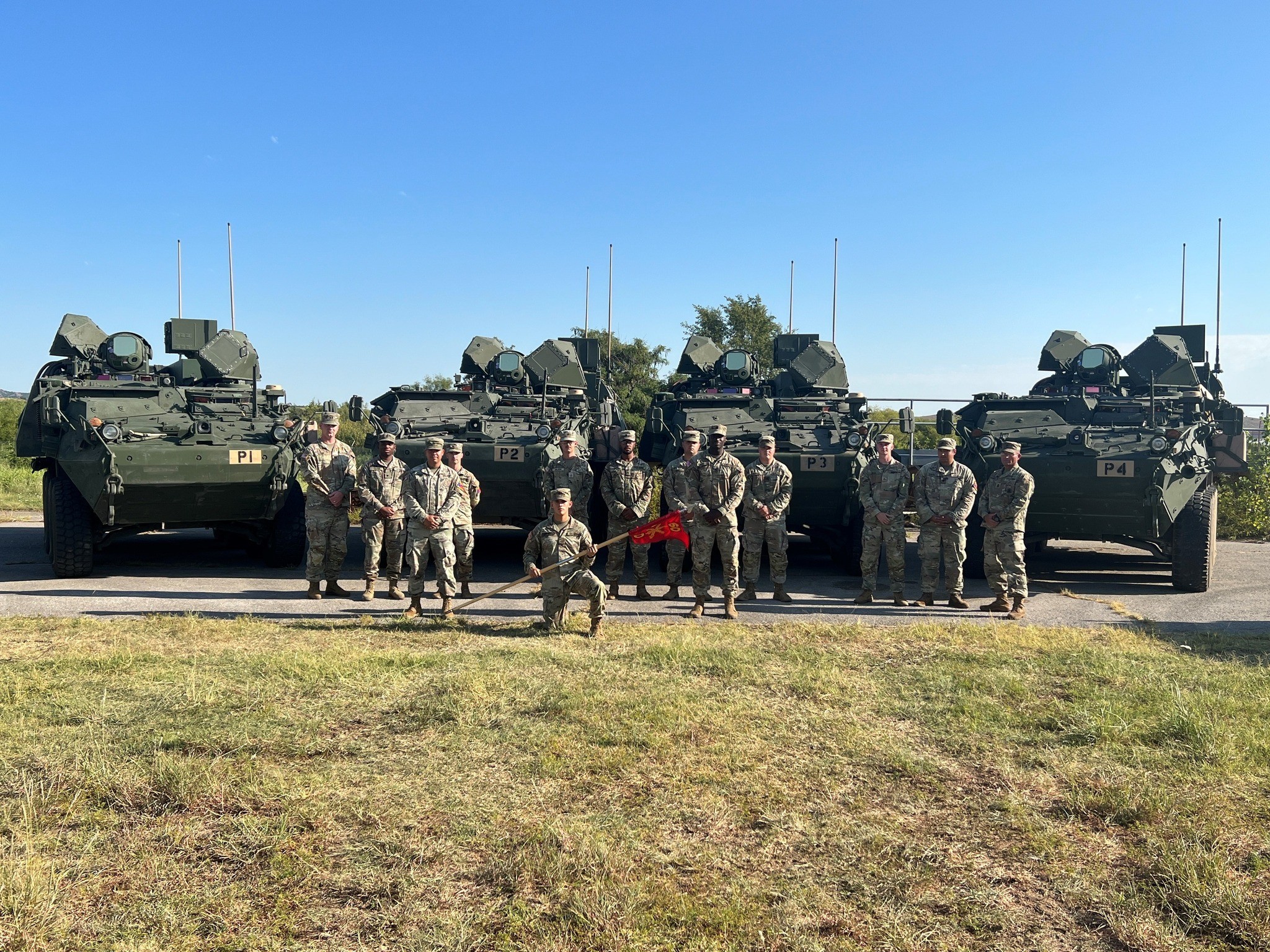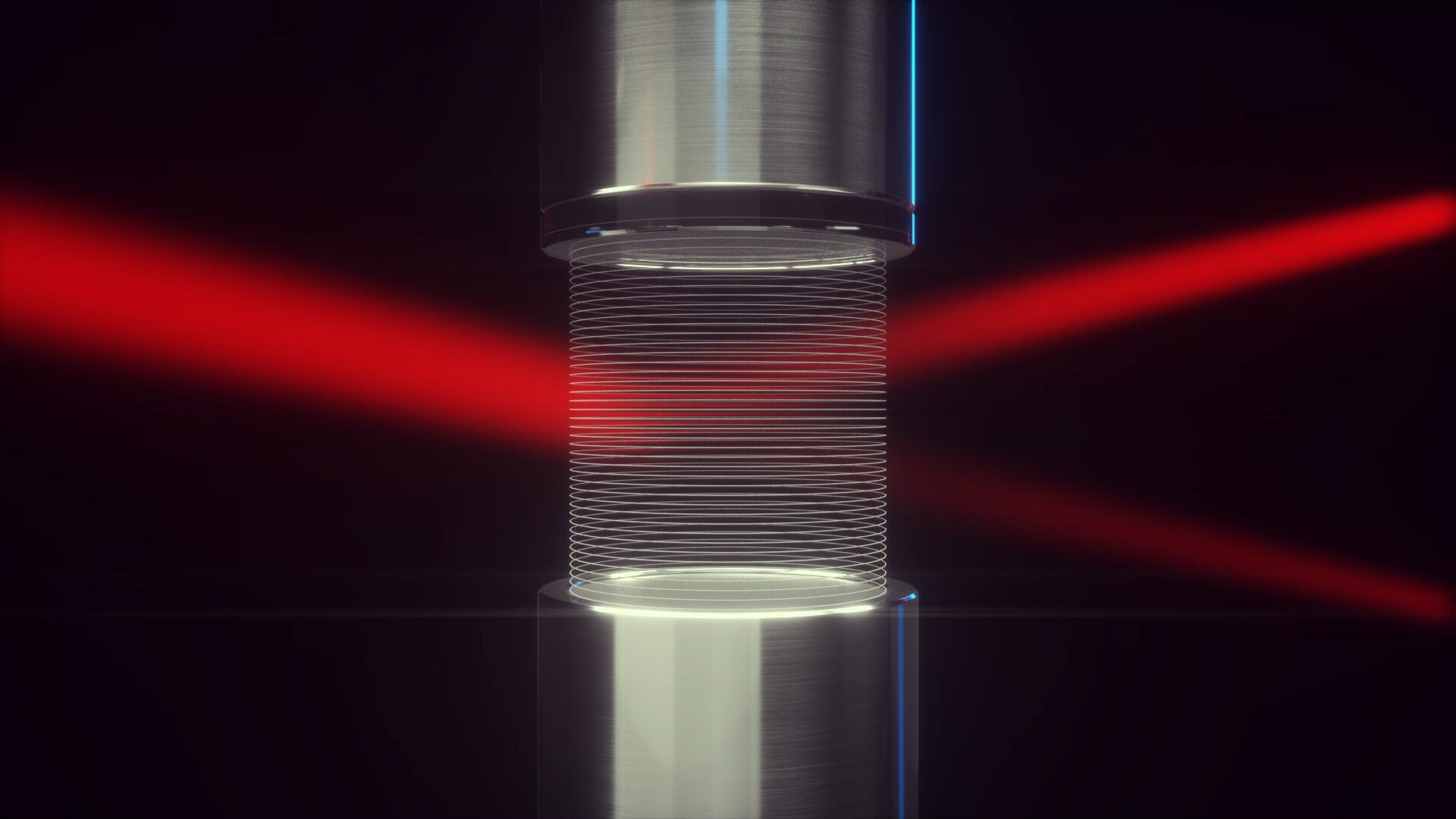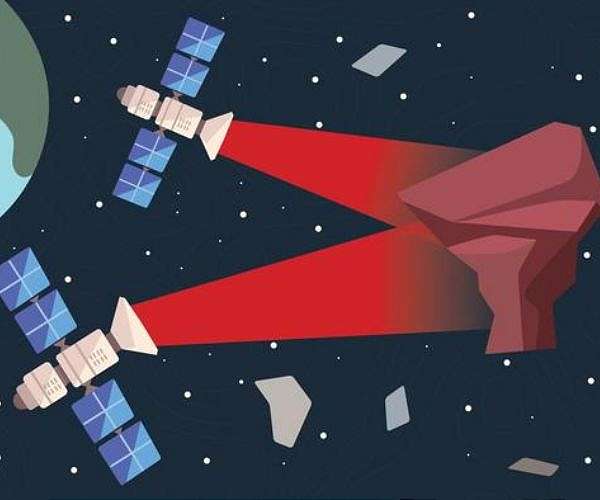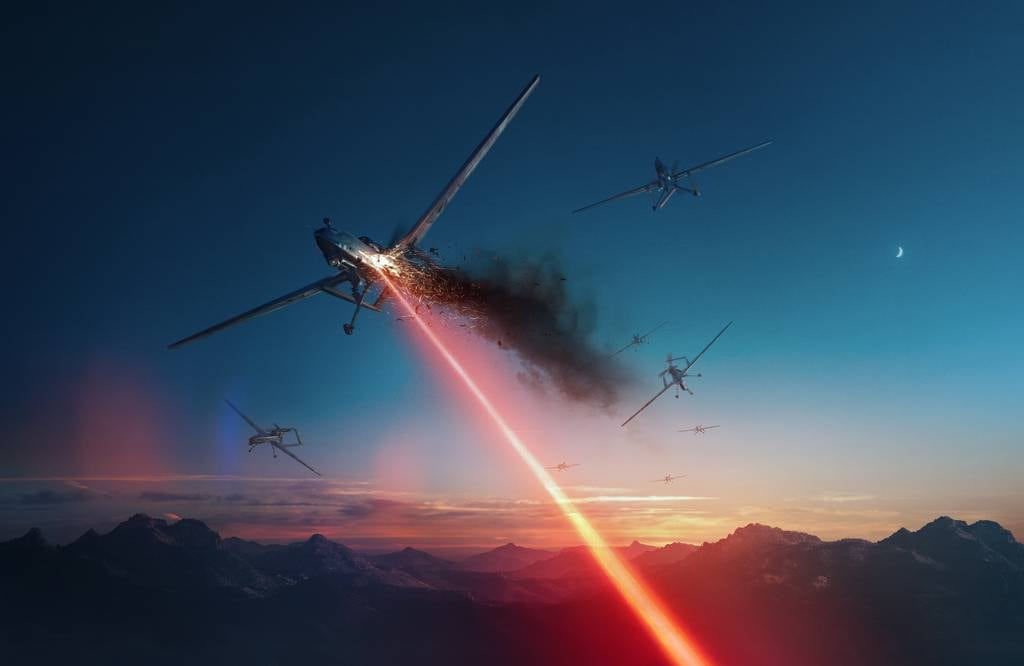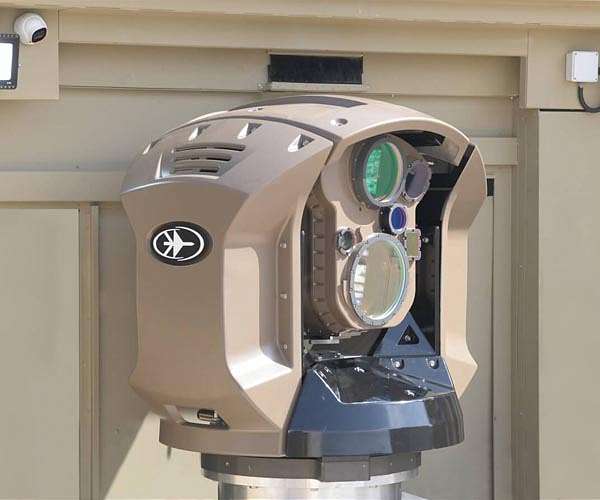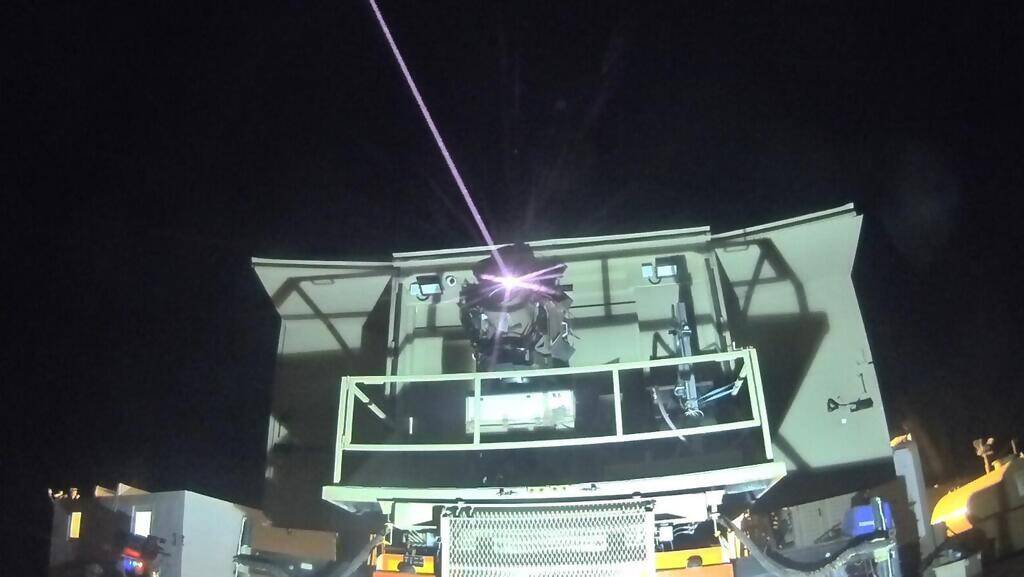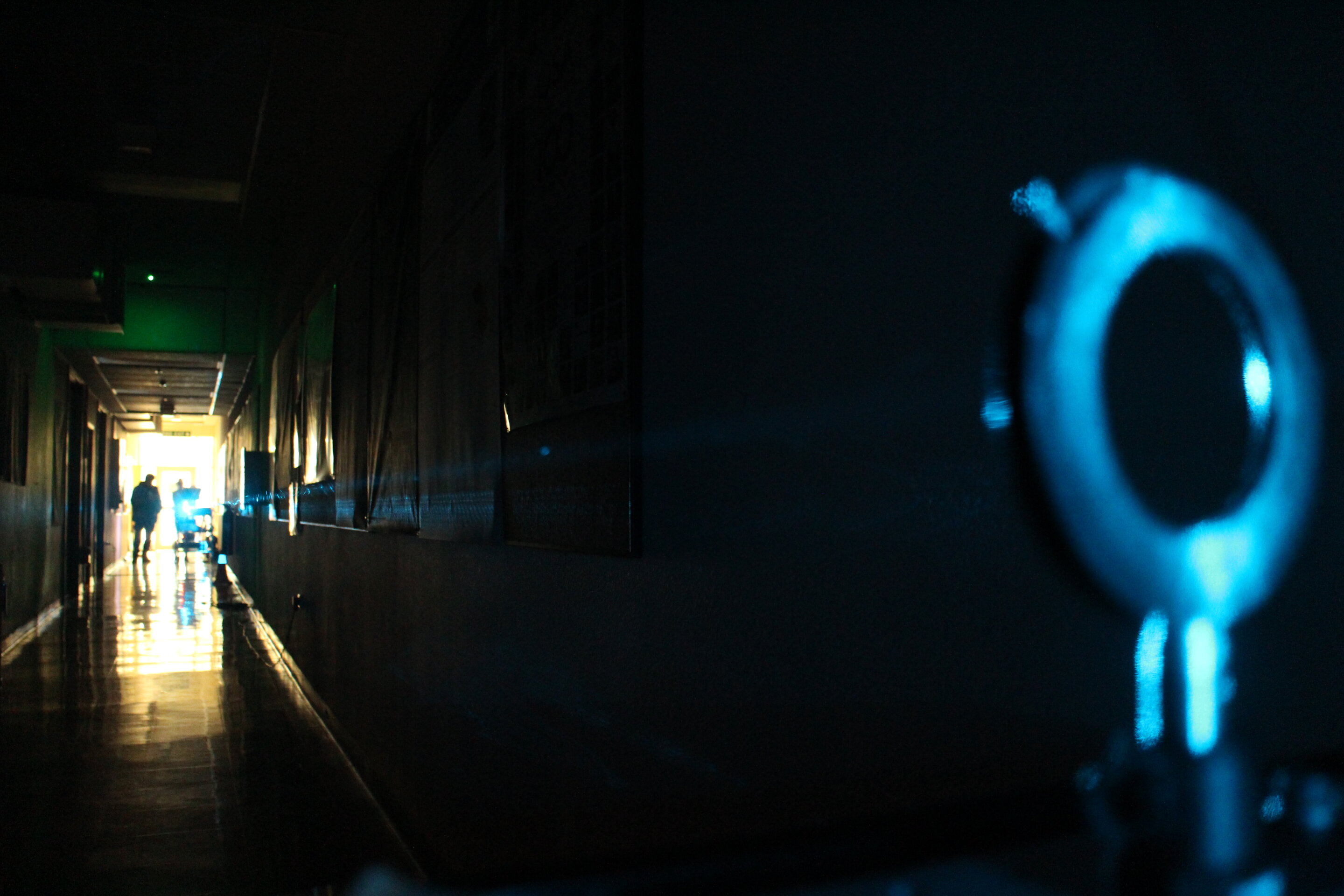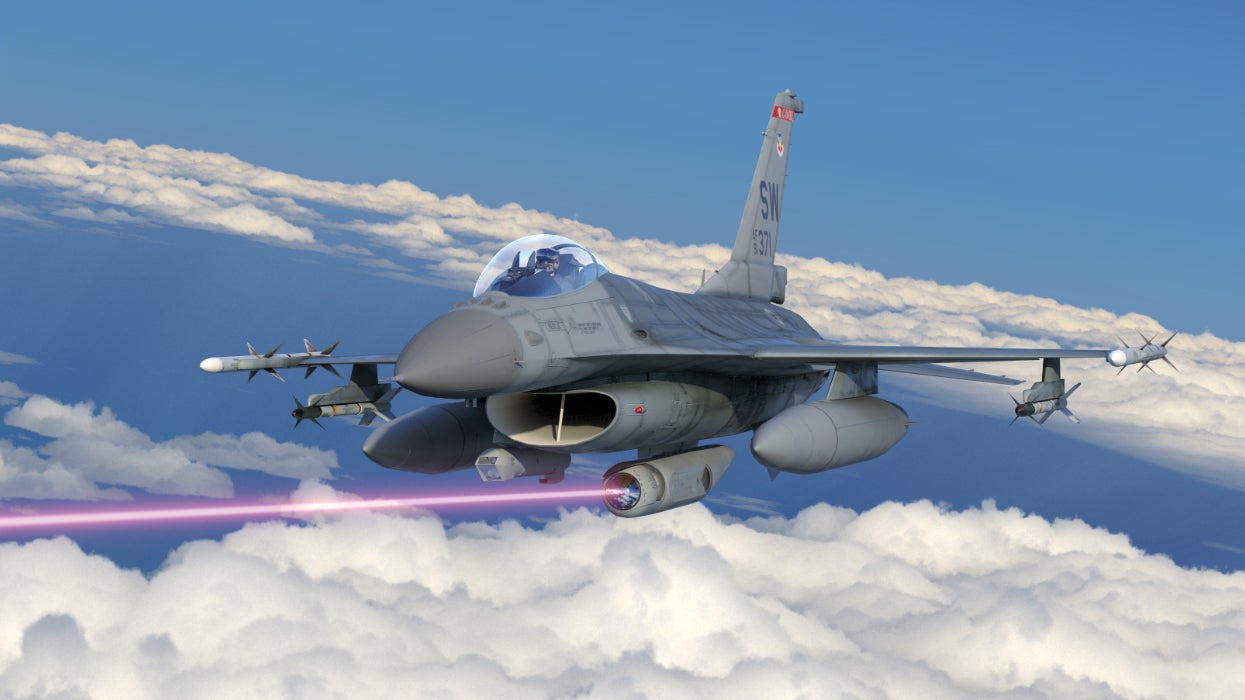Although the US has performed operational field testing of HELs, I am not aware of them being used in any real world conflict. If the author of the original post had information on such use, he should have stated the specific incidences.
The US used high power microwaves in the Iraq War to disrupt and destroy Iraqi electronic systems according to
https://web.archive.org/web/2007110...elease_id=11326&sub_release_id=11373&view=all which states: "Electromagnetic weapons, including high power microwaves, were used to disrupt and destroy Iraqi electronic systems. Generation of electromagnetic fields may have been used for other effects, and for communication. Whether electromagnetic fields contributed to illness is unknown, as are the types and magnitudes of the exposures."
The first use in combat of any directed energy weapon may be the reported use by Archimedes of a series of mirrors to focus sunlight onto enemy ships to set them on fire during the
Siege of Syracuse (c. 213–212 BC), but the veracity of these reports is disputed. This event does not appear in the surviving works of Archimedes and is described by historians writing many years after the siege. See
https://en.wikipedia.org/wiki/Archimedes'_heat_ray
According to
https://en.wikipedia.org/wiki/Directed-energy_weapon , "
In the United States,
the Pentagon,
DARPA, the
Air Force Research Laboratory,
United States Army Armament Research Development and Engineering Center, and the
Naval Research Laboratory are researching directed-energy weapons to counter
ballistic missiles,
hypersonic cruise missiles, and
hypersonic glide vehicles. These systems of missile defense are expected to come online no sooner than the mid to late-2020s.
[3]
China,
[4][5][6][7] France,
[8][9][10][11] Germany,
[8][9] the United Kingdom,
[12][13] Russia,
[14][15][16] India,
[17][18][19] and Pakistan
[20][21][22] are also developing military-grade directed-energy weapons, while Iran
[23][24][25][26] and Turkey claim to have them in active service.
[27][28][29] The first use of directed-energy weapons in combat between military forces was claimed to have occurred in Libya in August 2019 by Turkey, which claimed to use the
ALKA directed-energy weapon.
[30][31] "
That article also states: "The
Central Intelligence Agency informed
Secretary Henry Kissinger that it had twelve reports of Soviet forces using laser weapons against Chinese forces during the
1969 Sino-Soviet border clashes, though
William Colby doubted that they had actually been employed.
[68]"
This link
https://en.wikipedia.org/wiki/ALKA_(weapon) states, "The
ALKA directed-energy weapon (DEW) system is a Turkish dual electromagnetic/laser weapon developed by
Roketsan.
[1] It was first unveiled at the 2019
IDEF exhibition on 8 May 2019.
[2] This combat laser was allegedly used to destroy one of
GNC's Wing Loong II UAVs; if true, this would represent the first known time a vehicle-mounted combat laser was used to destroy another combat vehicle during genuine wartime conditions.
[4][3]...
According to ROKETSAN official Prof.Uğur Kayasal the weapon was developed in response to the increase of
drone attacks on
Turkish forces.
ROKETSAN spent five years making the directed energy weapon system and spent the last two years of the developmental period to make the system road-mobile.
[2] On 4 August 2019 an ALKA DEW mounted on an off-road
armored car shot down a
Chinese Wing Loong II UAV in
Misrata,
Libya.
[3]...
The ALKA DEW is claimed to have a power of 50 kW.
[3] It operates both laser and electromagnetic systems.
[1] It purportedly uses
automatic target recognition[1] utilizing both
electro-optical and
radar detection
[2] to track multiple targets simultaneously.
[1][2] It is claimed by its designers to have the capability to disable a swarm of
drones at a range of 4000 m,
[2] destroy a target with laser at 500 m distance and destroy a target at 1000 m distance with electromagnetic weapons.
[1] According to the designers, it can track targets at speeds as high as 150 km/h and track targets with precision of 8 mm at 1000 m distance.
[1] It can purportedly operate in both night and day time and on multiple platforms, both stationary and mobile.
[1] It has allegedly been used both against
IEDs and
UAVs in multiple environments.
[1]"




